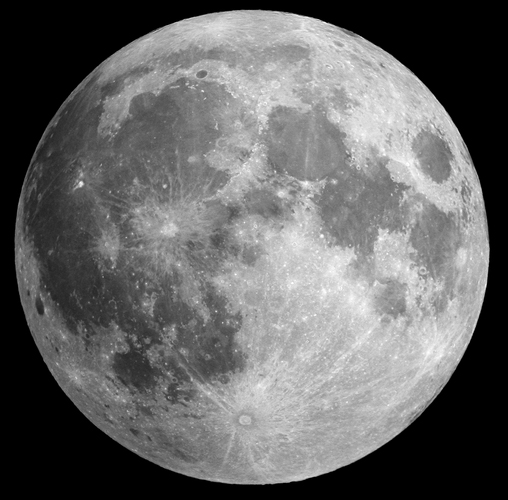
NASA Administrator Bill Nelson announced in a press conference that the next US crewed Moon landing mission has been pushed back to 2025. The setback is due to COVID-19, lawsuits, and budget shortfalls, but the agency remains committed to a plan for 10 lunar landings.
Though no astronaut has set foot on the Moon for almost 50 years, a succession of US administrations have supported various plans for returning. However, these plans have also been frequently changed and delayed.
Where Project Apollo put humans on the Moon only eight years after its starting from scratch with no more than some vague concepts, the current Artemis project has yet to repeat that event, despite beginning in 2012 and inheriting decades of technological advances, plus the legacy of previous planned or achieved Moon landing endeavors.
According to NASA, the new setback is due to a number of factors. The COVID-19 pandemic caused delays, money from Congress has not been sufficient for completing the mission, the previous date was deemed technically infeasible, and the lawsuit brought by Blue Origin over the contract naming SpaceX as the principal contractor for the landing ship for bringing astronauts and payloads to the lunar surface has resulted in months of delay.
Originally scheduled for no later than May 2024, the next landing is now set for 2025. However, the first uncrewed Artemis lunar mission carrying the Orion capsule is still going for its February 2022 launch.
This mission will take the spacecraft around the Moon before returning it to Earth, setting the stage for the Artemis II mission which will take astronauts on a circumlunar flight that will go 40,000 miles (64,000 km) past the Moon – farther than any human has ever traveled from Earth. This will be followed by a robotic lander mission and then the Artemis III crewed landing.
“What we’re doing is one of the great undertakings of humanity – the scope of it from SLS to Orion to Gateway, human landing systems, ground systems, communications, spacesuits and more – it’s staggering. First at the Moon, and then at Mars,'” says NASA Deputy Administrator Pam Melroy. “But we’re NASA, and we’re rising to the challenge.”
